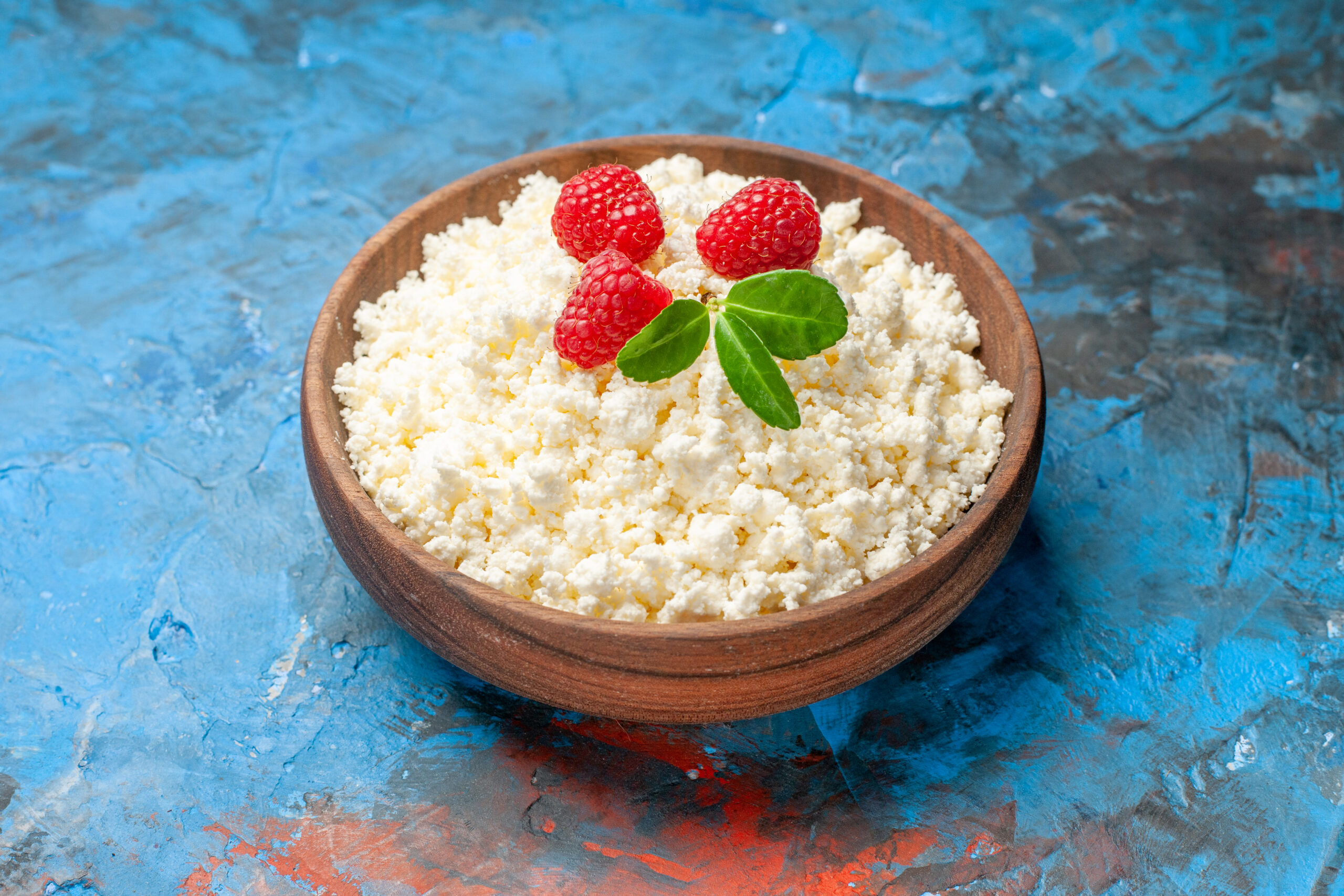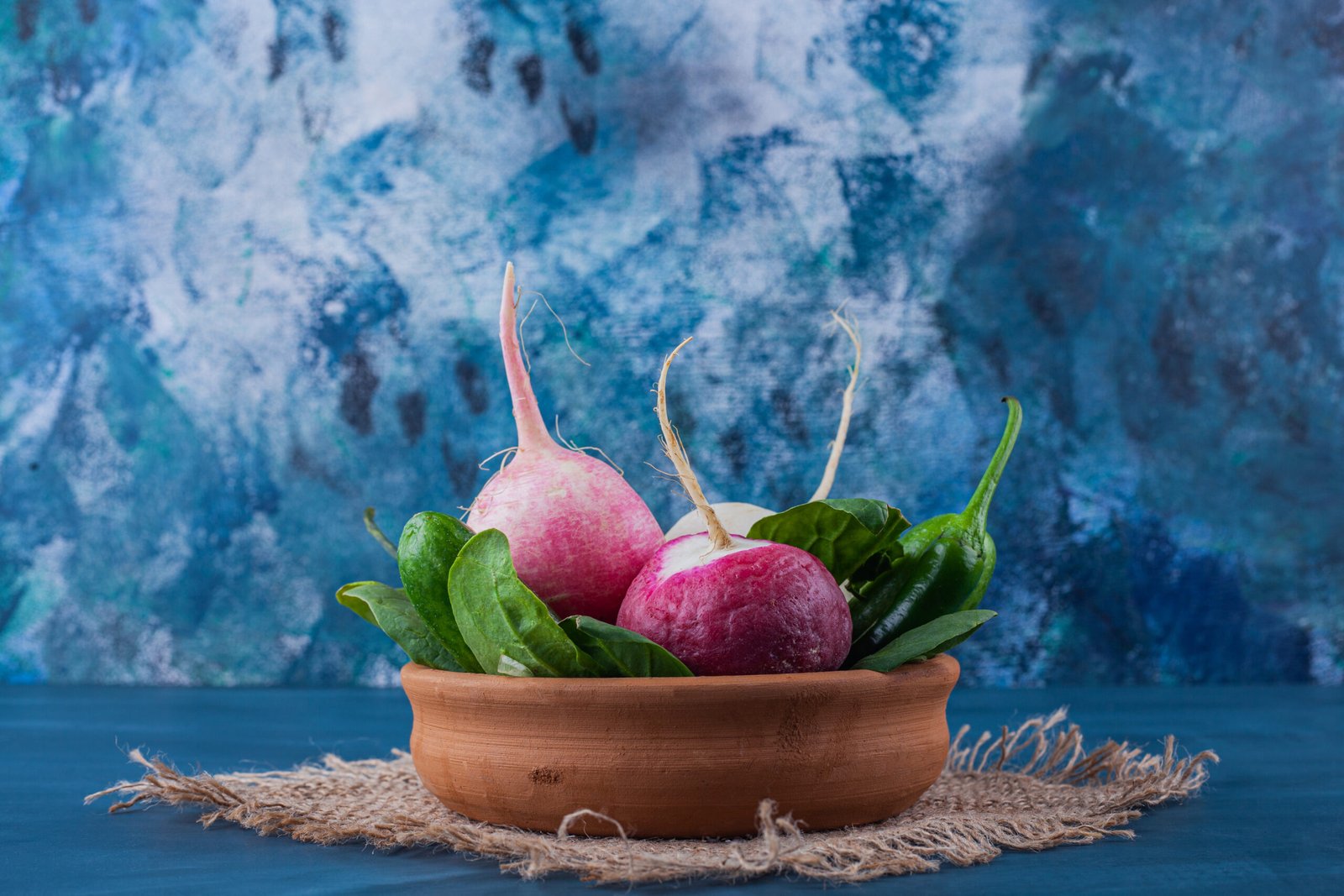Introduction:
Mutton meat rich in flavor and texture, has been enjoyed for centuries across many cultures worldwide. Yet, despite its popularity, it can sometimes be confused with other red meats, such as lamb, goat, and beef. In this comprehensive guide, we will dive into every aspect of mutton: what it is, its nutritional benefits, culinary uses, and how it compares to similar types of meat. If you are curious about mutton, this article will provide all the essential information to enhance your knowledge and appreciation of this unique meat.
What is Mutton Meat And its Importance?
Mutton refers to the meat of a mature sheep, typically over one year old, that has developed a distinctive, robust flavor. It is distinct from lamb, which comes from younger sheep under one year. As the sheep ages, the meat changes texture, fat distribution, and taste, making mutton a bolder and more flavorful choice for meat lovers. People who like a deep, nuanced meat characters will particularly like its earthy, strong taste along with its substantial aroma.
Mutton meat is especially popular in regions such as South Asia, the Middle East, and parts of Europe, where traditional dishes use mutton meat for its unique characteristics. In countries like India and Pakistan, mutton is a staple ingredient, often prepared in slow-cooked curries, stews, and grills.
Table of Contents
Nutritional Profile of Mutton Meat
Mutton meat is a nutrient-dense meat that offers a good source of essential nutrients, including protein, vitamins, and minerals. Here’s a closer look at its nutritional benefits:
Protein: Mutton is a great source of high-quality protein, necessary for muscle repair, immune function, and overall growth.
Vitamins and Minerals: Mutton is rich in Vitamin B12, Vitamin B6, zinc, iron, and phosphorus. Vitamin B12 is essential for red blood cell formation and brain health, while iron supports energy and stamina.
Healthy Fats: Although mutton contains higher fat content than lamb, these fats provide a good balance of saturated and unsaturated fats, contributing to energy needs and flavor.
Caloric Content
A 100-gram serving of mutton generally contains:
Calories: Approximately 250 kcal
Protein: Around 20 grams
Fat: Around 20 grams (varying based on the cut and preparation method)
The nutritional profile of mutton makes it a satisfying choice for those on high-protein diets and those looking to gain muscle or maintain energy.
Mutton vs. Lamb: Understanding the Difference
While mutton and lamb come from the same animal, they differ significantly in terms of age, flavor, and texture.
Age: Lamb is harvested at less than a year old, while mutton meat comes from sheep older than one year.
Flavor Profile: Lamb has a mild, tender flavor, often preferred in delicate dishes. Mutton, with a stronger, gamier taste, holds up well in slow-cooked recipes and complex seasonings.
Texture: Mutton is denser and firmer due to the maturity of the sheep, whereas lamb is softer and more tender.
Both types have their own culinary value. Lamb is often chosen for quick-cooking dishes like roasts and chops, whereas mutton meat is ideal for braises, stews, and grilled dishes where bold flavors are appreciated.

Health Benefits of Consuming Mutton Meat
Consuming mutton offers several health benefits:
High-Quality Protein
Excellent protein sources like mutton are necessary for hormone production, immunological function, and tissue repair. As it contains all essential amino acids, it supports a balanced diet, especially for those following high-protein or low-carb regimens.
Rich in Iron
Mutton meat contains heme iron, a type of iron that the body absorbs efficiently. Iron from animal sources is critical for preventing iron-deficiency anemia, a condition particularly common in women and children.
Good Source of B Vitamins
The B vitamins in mutton, particularly B12, B6, and niacin, are essential for brain health, metabolism, and energy production. Vitamin B12, in particular, is crucial for nerve health and is not available from plant-based sources, making mutton a valuable addition for those who consume meat.
Boosts Immune System
Zinc, another mineral present in mutton, plays a significant role in immune function, wound healing, and cellular health. Regular consumption of mutton can contribute to maintaining a healthy immune system.
How to Cook Mutton for Best Flavor
The bold flavor of mutton makes it suitable for dishes that require slow cooking and strong seasonings. Here are a few popular methods to cook mutton:
Slow Cooking
Due to its dense texture, mutton benefits from slow cooking methods, such as braising or stewing. Cooking mutton over low heat for a long time tenderizes the meat and enhances its flavors. Slow-cooked mutton dishes, such as curries and stews, are particularly popular in South Asian cuisine.
Grilling and Roasting
Grilling mutton gives it a delicious charred flavor. Mutton chops or skewers, often marinated with a blend of spices, yogurt, and garlic, are ideal for grilling. Roasting is another excellent option, allowing the fat to render and baste the meat naturally.
Pressure Cooking
In many cuisines, mutton is pressure-cooked to speed up the tenderizing process. This method is especially useful when preparing stews or soups, as the pressure cooker reduces cooking time while preserving the meat’s flavor and tenderness.
Searing
To add a crusty, caramelized layer, sear the mutton before slow-cooking it. This technique preserves the meat’s fluids and enhances its taste.
Popular Mutton Dishes from Around the World
Celebrated all throughout the world, mutton is the main ingredient in many traditional cuisines.
Mutton Curry (Pakistan)
A staple in Indian cuisine, mutton curry is made with a blend of spices, tomatoes, and onions, cooked until the meat is tender. It typically comes with rice or flour, such paratha or naan.
Roast Mutton (United Kingdom)
In the UK, roast mutton has long been a traditional Sunday meal. The meat is seasoned and slow-roasted with herbs and vegetables, often accompanied by gravy and roasted potatoes.

Moroccan Mutton Tagine
A North African delicacy, Moroccan tagine uses mutton, vegetables, and a mixture of spices like cumin, coriander, and saffron. It is cooked slowly in a tagine pot, resulting in a tender and flavorful stew.
Mutton Biryani (Middle East and South Asia)
Mutton biryani is a flavorful rice dish cooked with marinated mutton, basmati rice, and aromatic spices. Each layer of rice and meat is infused with spices, creating a mouth-watering dish enjoyed in many parts of Asia.
Choosing and Storing Mutton
When selecting mutton, consider the following tips to ensure quality:
Look for Deep Red Color: Fresh mutton should have a dark red color, indicating freshness.
Check for Marbling: Good quality mutton has visible marbling, which adds flavor and juiciness.
Store Properly: Store mutton in the refrigerator for up to two days, or freeze it if you plan to keep it longer.
Safety Tips
Always cook mutton thoroughly to an internal temperature of 145°F (63°C).
Use separate cutting boards for meat and vegetables to prevent cross-contamination
FAQs About Mutton Meat
What are the signs of spoiled mutton?
Spoiled mutton has a slimy texture, a strong, unpleasant odor, and a grayish or greenish color. Throw of the meat right away if you see these symptoms.
Is goat meat the same as mutton?
In contrast to goat meat, which originates from goats, mutton comes from sheep. Goat meat is softer in taste and thinner than mutton.
How is mutton different from lamb?
Lamb is produced from sheep younger than a year, whereas mutton is produced from ewes older than a year. Mutton is perfect for slow-cooked recipes because of its harder texture, deeper color, and stronger flavor.
How do I ensure the mutton I buy is fresh?
The texture of fresh mutton is firm, its color is vivid red, and it smells pleasant. Avoid meat with a dull color, overly soft texture, or a strong, unpleasant odor. Always purchase from a trusted butcher or supplier.









